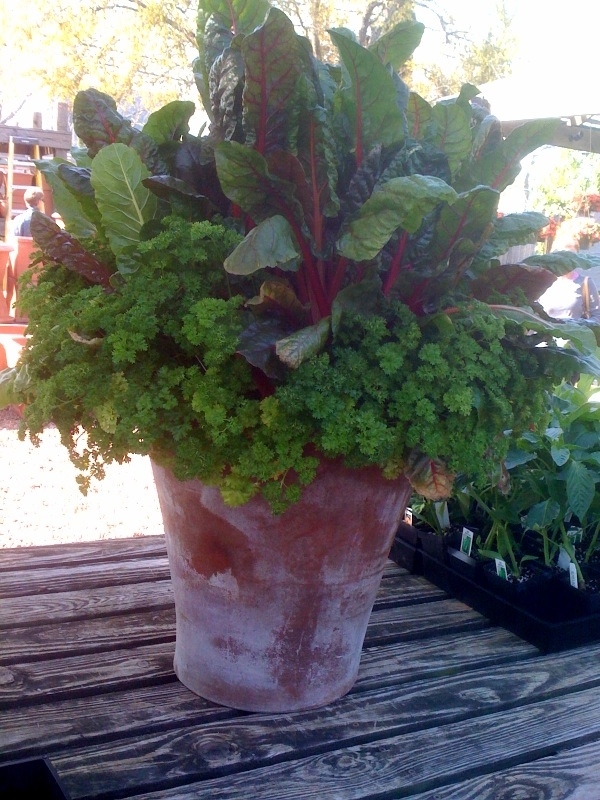A friend at work told me that she wanted to start growing her own vegetables as a way to cut down on her grocery bill. I encouraged her to start a small garden but I warned her that she probably would not be saving money by doing so. She was not to be deterred. She had done the math! She would grow tomatoes in hanging baskets that cost $19 each. Since each plant would produce 10 pounds of tomatoes her cost would be just $2 per pound. Any fool could see that was cheaper than what Whole Foods was charging for a pound of organic tomatoes.
After a couple of weeks I checked in on my friend to see how her hanging tomatoes were doing. She was pretty pleased with all things horticultural, but she was a little dismayed about how much she had spent. The two hanging bags set her back $38, soil and tomatoes were another $20. Then she had to figure out a way to hang them. Since her patio did not get enough sun, she fashioned a rolling support out of galvanized pipe and fittings and a patio umbrella stand. This cost her another $100. My friend had learned a very important lesson. Gardening can provide you with many things. Unfortunately cheap food is not usually one of them.
I am happy to report that my friend did not allow her initial start up costs to deter her gardening efforts. In fact, she has now expanded her gardening operation and is successfully growing herbs and veggies in giant pots in her yard. She no longer tries to justify her hobby as a money saver. She now gardens just for the fun of it! She is growing her own food, spending time out doors, reading books and talking to other gardeners. She has definitely caught the gardening bug.
Watching my friend get so excited about gardening put me in a reflective mood. I started wondering, “What is it about watching things grow that makes me, and countless others like me, kind of nutty?” What exactly does gardening provide that makes us return to this pursuit year after year? I know this, gardening provides me with a link to my past. As I get older being connected to my history gets more and more important. I also get the majority of my exercise and all of my sore muscles and back aches in the garden. It gives me a place to express my creativity and it provides me with a window into the wonder of life. Gardening relaxes me, humbles me and keeps me ever watchful and hopeful. It is place where I gather and pass on my knowledge. I have talked to many gardeners and they all seem to agree. The garden is a place where we invest our time, talent and resources. We all receive many gifts from the garden. Unfortunately, cheap food is not generally one of them.
Here are the links for the vendors mentioned in this article:
http://www.thompsonhanson.com/
http://www.gardeners.com/Outdoor-Planters/OutdoorPlanters_Dept,default,sc.html


